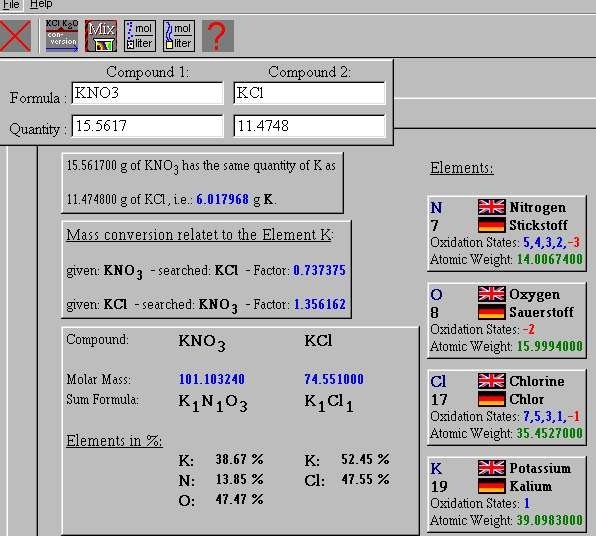

Ionic Compounds are compounds comprised of a metal and a nonmetal, with the compound name ending in -ide. Inorganic compounds are those that do not deal with the production of carbohydrates or simply those that do not fulfill the description of an organic compound. Nomenclature is the process of giving distinctive names to chemical compounds to distinguish them as different chemicals. The calculator makes it easy for students and chemists to figure out the exact name of the compound. The Nomenclature Calculator works by taking in the chemical compound name or formula and figuring out the exact chemical nomenclature for the compound. How Does the Nomenclature Calculator Work? Step 3įinally, after adding the values in the Nomenclature Calculator, we click the “Submit” button the results are displayed instantly in a separate window. Step 2Īfter selecting the chemical formula or chemical name of the compound, you type in the name or the chemical formula of the compound in the Nomenclature Calculator.
#Online chemistry calculator how to#
Quickly get answers for how much chlorine to add to the pool or how to balance the pool ph and alkalinity. After calculating the pool volume gallons, use the other calculators to help balance the chemicals. Determine which reactants are oxidized (increase in oxidation state in the reaction) and reduce (decrease in oxidation state). Find more Chemistry widgets in WolframAlpha. Knowing the pool volume is extremely important when adding chemicals to the water to adjust pool chlorine, pool pH, pool stabilizer, pool alkalinity, pool salt and other chemical levels. b) The balancing chemical equations solver identifies and records all redox pairs of the reaction.
#Online chemistry calculator free#
You can either select the compound’s chemical formula or the chemical compound’s name. Get the free 'Chemical Reaction Calculator' widget for your website, blog, Wordpress, Blogger, or iGoogle. Free Online Chemistry Calculator helps you & gives elaborate explanation for all the concepts. The following steps show us detailed information about how to use the Nomenclature Calculator : Step 1įirst, we select the type of information we require and add it to the Nomenclature Calculator. The Nomenclature Calculator quickly provides you with the results. To use the Nomenclature Calculator, you need to input the compound’s chemical formula or the chemical name. The calculator quickly provides you with results in a new window. The Nomenclature Calculator needs two inputs to work: the type of input and the chemical compound formula or name.Īfter providing these two inputs in the Nomenclature Calculator, you click the “Submit” button on the calculator. The Nomenclature Calculator is a helpful tool for chemists as they only need to type in the chemical formula into the Nomenclature Calculator to get the chemical name of the compound.Ī Nomenclature Calculator is an online tool designed to help you find the chemical name of a chemical compound. The online Nomenclature Calculator is an online tool that helps you find the name of a specific chemical compound. Or, type e and enter the exponent as a positive or negative number.Nomenclature Calculator + Online Solver With Free Steps For example:Įnter the mantissa as the positive or negative number, then click the EXP button.

Click on the constant you want to enter into the calculation.

Physical constantsĬlicking the Constants button causes a physical constants table to pop up. (CuSO4+5*H2O) for CuSO 4.5H 2Oįor a formula that does not have brackets, you can enter a leading number with or without brackets, e.g.

You must enter element symbols properly, e.g. If brackets are nested, the results of the innermost set of brackets are calculated first.Īll types of brackets are correct, e.g. Operations with the same precedence are performed from left to right, with operations enclosed in brackets carried out first. Electrical conductivity across period 3.Melting and boiling points across period 3.First ionisation energy across period 3.Melting and boiling points down group 2.


 0 kommentar(er)
0 kommentar(er)
